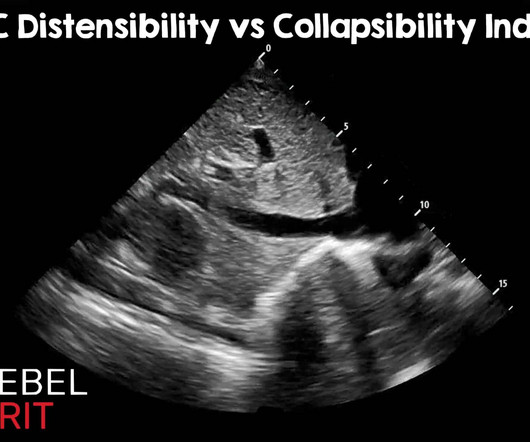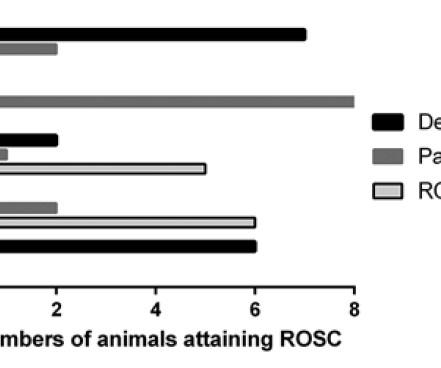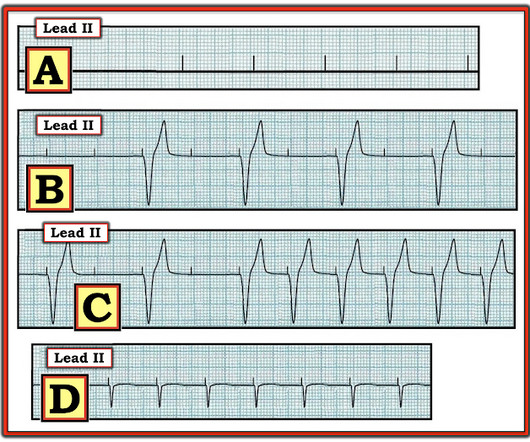EM@3AM: Murine Typhus
EMDocs
DECEMBER 1, 2024
Flea-Borne Typhus: Epidemiology Summary 2013-2019. The RUSH exam: Rapid Ultrasound in SHock in the evaluation of the critically lll. Rosh Review Website Link References: Texas Department of State Health Services. Flea-Borne Typhus. Accessed August 19, 2024. California Department of Public Health. Accessed August 19, 2024. 2009.09.010.



































Let's personalize your content